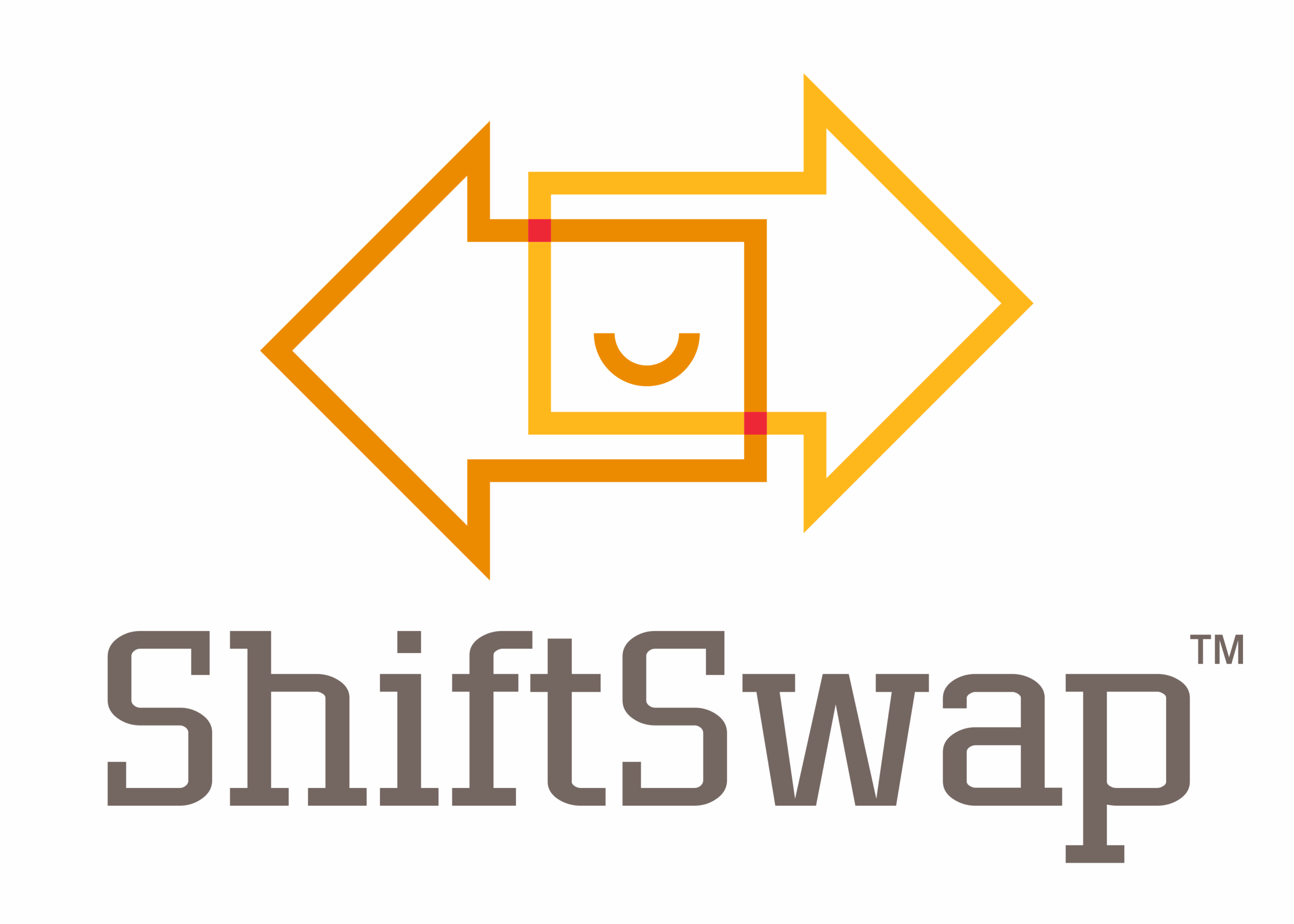Employee Retention Strategies Take Center Stage
In a workplace shaped by economic uncertainty, the latest 2025 U.S. Talent Benchmarks Report by Gallagher highlights a striking trend: employee retention outranks almost everything else as a top operational priority. The only factor ranked higher is growing revenue. Based on insights from over 4,000 U.S. employers, the report offers a detailed examination of how organizations are addressing engagement, burnout, and inclusion as they adapt to current workforce expectations.
PR Newswire article, “New Report Shows Employee Retention Outranks Almost Everything Else as U.S. Employers Tackle Burnout,” by Mary Schwartz echoes those findings, noting that employee retention strategies have taken precedence over almost all other business goals as employers face a widespread burnout crisis. The message is clear: keeping employees engaged and motivated is no longer a bonus; it’s essential for the survival of any business.
The Changing Drivers of Engagement
One of the most eye-opening revelations is that career growth opportunities have now overtaken trust in senior leadership as the primary driver of employee engagement. A finding that is a fundamental shift in what employees value most. Workers are shifting their focus away from leadership visibility and are more concerned about their own paths to advancement.
For employers, this means traditional approaches to engagement are no longer enough. Leaders must develop employee retention strategies that focus on career development rather than relying solely on confidence in leadership. If organizations fail to implement these strategies, they risk losing valuable talent to competitors who are committed to fostering growth and long-term success for their employees.
Burnout: A Crisis Employers Need to Be Ready For
Gallagher’s survey reveals some troubling data about how employers handle burnout and mental health challenges. Two-thirds of organizations (67%) express worry about stress and burnout, yet less than one-quarter (24%) provide managers with the necessary mental health training. The lack of preparation leaves many employees unsupported, particularly when they experience stress that directly impacts productivity and retention.
Only 45% of managers believe they have the tools to connect employees to the appropriate mental health resources, which means most workers lack the necessary guidance. Some organizations have taken steps by offering meditation programs, stress management workshops, or time off for burnout recovery. However, these initiatives often lack a comprehensive strategy and do not address the urgent need for training frontline managers.
Tackling burnout isn’t just about wellness; it’s a vital part of maintaining employee engagement and loyalty. When workers feel supported, they are more likely to stay committed and less inclined to look for new job opportunities. Companies that proactively invest in mental health resources today will create a stronger, more stable workforce in the future.
Inclusion and Diversity
Nearly three-quarters of employers (74%) report that they are actively implementing inclusion and diversity initiatives in 2025, with large employers leading the way. For many organizations, inclusion has become a stabilizing force during economic uncertainty. Employers are increasingly turning to artificial intelligence to minimize bias in recruitment, tailor engagement practices, and support equitable decision-making.
Despite these advances, only 24% of employers embed inclusive behaviors into employees’ everyday roles, creating a noticeable gap between what’s written in policy and what happens in practice. Genuine inclusivity goes beyond having programs or technology in place; it requires a deeper cultural integration. Overall, for employers to succeed, leaders must balance AI-driven insights and human empathy, ensuring that fairness and equity are consistently applied throughout the workplace.
When inclusion efforts are approached with care, they can build trust, boost morale, and improve long-term retention. This way, they become an essential part of any employee retention strategy.
Expanding Workforce Strategies
Retention is not just about avoiding turnover; it is about creating workplaces where employees want to stay and grow their skills. Gallagher’s report emphasizes the significance of career development opportunities, proactive wellness initiatives, and inclusivity in fostering long-term employee engagement. Employers investing in these areas send a clear signal to workers: their growth and well-being are priorities.
Organizations that adopt a proactive approach are better prepared to weather economic shifts and labor market challenges. By embedding development opportunities, wellness programs, and inclusive practices into their culture, companies can build team strength. These efforts also improve productivity, enrich morale, and reduce the costs associated with frequent rehiring. For employers, this makes retention not only a people-focused initiative but also a smart business strategy.
Where ShiftSwap™ Fits In
The Gallagher report makes one point abundantly clear: employers must reassess their employee retention strategies to stay competitive. Flexibility and engagement have transitioned from being optional to essential. In this context, ShiftSwap™ offers real value.
ShiftSwap™ enables employers to post voluntary time off (VTO) shifts when demand drops, helping employees take breaks without the company resorting to layoffs. It also makes it easy to offer overtime opportunities when demand spikes, giving workers the chance to increase their income. Partial shift coverage authorizes employees to balance their personal needs while ensuring operations remain staffed.
By blending autonomy with operational flexibility, ShiftSwap™ builds trust between workers and employers. Employees feel valued and supported, while managers gain a valuable tool to align labor with demand better. Furthermore, the savings on labor costs from using ShiftSwap™ can be reinvested in initiatives that combat burnout, broaden career development options, and improve employee well-being.
The Takeaway for Business Leaders
Employee retention is now a priority for U.S. employers, ranking second only to revenue growth. Career development opportunities, mental health support, and inclusive work environments are no longer just nice-to-haves; they are essential components of effective employee retention strategies.
For HR leaders, operational managers, and executives, the message is clear: retention is the new growth strategy. Without engaged and supported employees, businesses will struggle to remain competitive. By adopting tools like ShiftSwap™, organizations can provide the flexibility and engagement their workforce craves while keeping operations stable.
As we approach 2026, those who invest in thoughtful retention strategies will not only maintain their teams but also build stronger, more adaptable businesses capable of thriving in the current economic landscape.
Start Planning for Success
Schedule a demo with ShiftSwap™ today and learn how to streamline your workforce management.

